Tianhe Chi
Airborne LiDAR Point Cloud Classification with Graph Attention Convolution Neural Network
Apr 20, 2020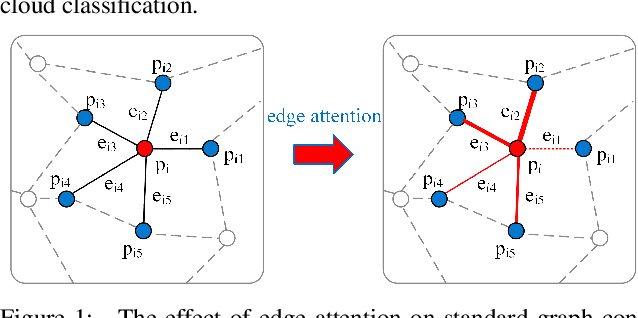
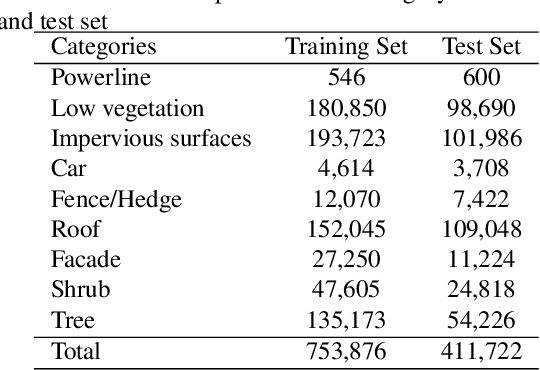
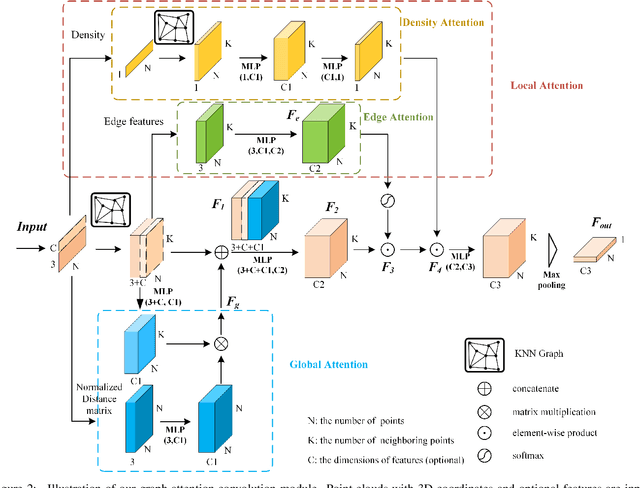
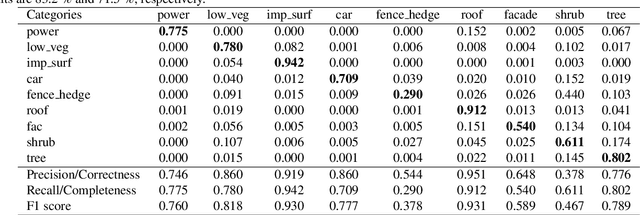
Abstract:Airborne light detection and ranging (LiDAR) plays an increasingly significant role in urban planning, topographic mapping, environmental monitoring, power line detection and other fields thanks to its capability to quickly acquire large-scale and high-precision ground information. To achieve point cloud classification, previous studies proposed point cloud deep learning models that can directly process raw point clouds based on PointNet-like architectures. And some recent works proposed graph convolution neural network based on the inherent topology of point clouds. However, the above point cloud deep learning models only pay attention to exploring local geometric structures, yet ignore global contextual relationships among all points. In this paper, we present a graph attention convolution neural network (GACNN) that can be directly applied to the classification of unstructured 3D point clouds obtained by airborne LiDAR. Specifically, we first introduce a graph attention convolution module that incorporates global contextual information and local structural features. Based on the proposed graph attention convolution module, we further design an end-to-end encoder-decoder network, named GACNN, to capture multiscale features of the point clouds and therefore enable more accurate airborne point cloud classification. Experiments on the ISPRS 3D labeling dataset show that the proposed model achieves a new state-of-the-art performance in terms of average F1 score (71.5\%) and a satisfying overall accuracy (83.2\%). Additionally, experiments further conducted on the 2019 Data Fusion Contest Dataset by comparing with other prevalent point cloud deep learning models demonstrate the favorable generalization capability of the proposed model.
Directionally Constrained Fully Convolutional Neural Network For Airborne Lidar Point Cloud Classification
Aug 19, 2019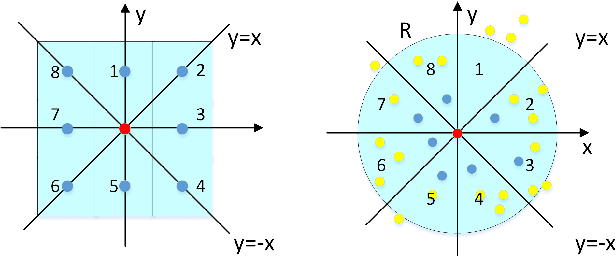
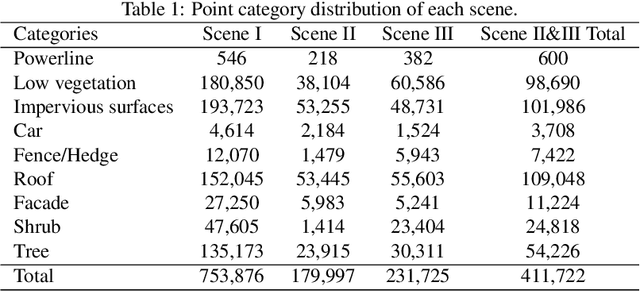
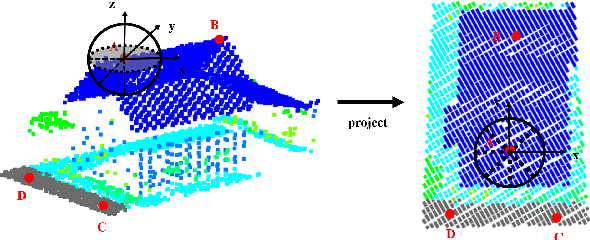

Abstract:Point cloud classification plays an important role in a wide range of airborne light detection and ranging (LiDAR) applications, such as topographic mapping, forest monitoring, power line detection, and road detection. However, due to the sensor noise, high redundancy, incompleteness, and complexity of airborne LiDAR systems, point cloud classification is challenging. In this paper, we proposed a directionally constrained fully convolutional neural network (D-FCN) that can take the original 3D coordinates and LiDAR intensity as input; thus, it can directly apply to unstructured 3D point clouds for semantic labeling. Specifically, we first introduce a novel directionally constrained point convolution (D-Conv) module to extract locally representative features of 3D point sets from the projected 2D receptive fields. To make full use of the orientation information of neighborhood points, the proposed D-Conv module performs convolution in an orientation-aware manner by using a directionally constrained nearest neighborhood search. Then, we designed a multiscale fully convolutional neural network with downsampling and upsampling blocks to enable multiscale point feature learning. The proposed D-FCN model can therefore process input point cloud with arbitrary sizes and directly predict the semantic labels for all the input points in an end-to-end manner. Without involving additional geometry features as input, the proposed method has demonstrated superior performance on the International Society for Photogrammetry and Remote Sensing (ISPRS) 3D labeling benchmark dataset. The results show that our model has achieved a new state-of-the-art level of performance with an average F1 score of 70.7%, and it has improved the performance by a large margin on categories with a small number of points (such as powerline, car, and facade).
 Add to Chrome
Add to Chrome Add to Firefox
Add to Firefox Add to Edge
Add to Edge